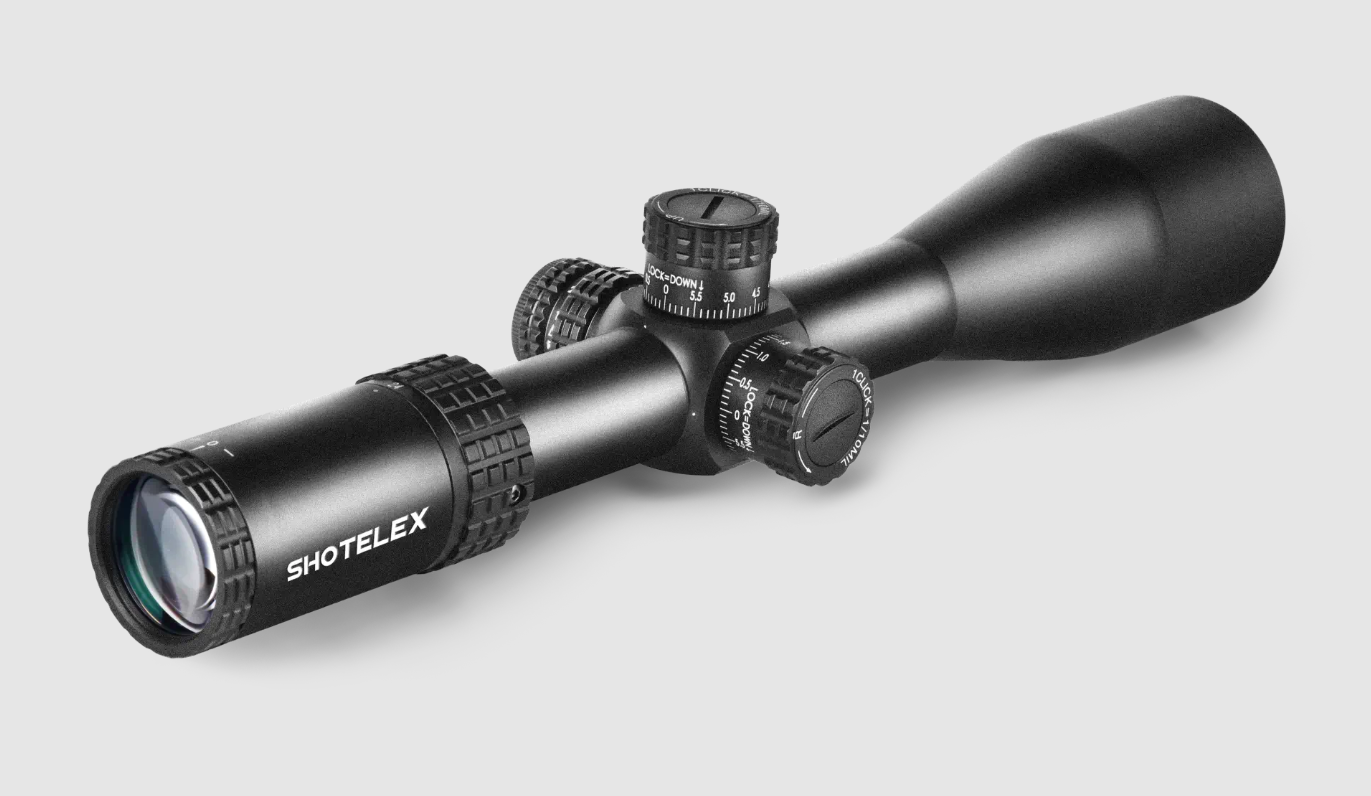Long Range vs Mid Range Rifle Scopes: How to Choose
When it comes to shooting, whether for sport, hunting, or tactical operations, the precision of a shot is heavily influenced by the quality and type of scope used. Rifle scopes serve as an essential extension of a shooter’s vision, allowing for better target acquisition and enhanced accuracy.
In this article, we will delve into the differences between long-range and mid-range rifle scopes, exploring their features, applications, advantages, and potential drawbacks. By understanding these distinctions, you will be equipped with the knowledge necessary to select the most suitable scope for your specific needs.
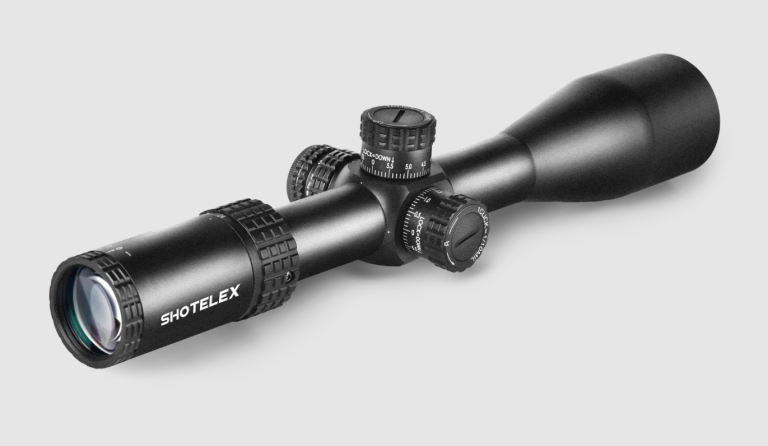
Understanding Long Range Rifle Scopes
1. Characteristics
Long-range rifle scopes are specifically designed for engaging targets at distances beyond 600 yards, often reaching out to a mile or more. Several key characteristics define these scopes:
- High Magnification: One of the standout features of long-range scopes is their high magnification capability, which allows shooters to identify and engage distant targets. Magnification levels often range from 10x to 25x or more, enabling precise shots at significant distances.
- Adjustment Range: Long-range scopes are engineered with extensive adjustment ranges for windage and elevation. This feature is crucial for making precise adjustments based on environmental factors such as wind speed, bullet drop, and range, ensuring accurate shooting at various distances.
- Robust Construction: Given the demanding conditions in which long-range scopes are often used, they are built to withstand harsh environments and vibrations. These scopes typically feature rugged housing, scratch-resistant lenses, and waterproof or fog-proof seals, ensuring reliability in challenging conditions.
2. Scenarios & Applications
Long-range rifle scopes shine in military operations, competitive shooting, and long-distance hunting scenarios. In these situations, where targets may be miles away, the superior clarity and accuracy of long-range scopes become invaluable. For instance, a long-range shooter may need to take down a game animal at 800 yards, requiring precise adjustments and the ability to see details at that distance.
Competitive shooters also benefit from long-range scopes, as they are often required to hit targets at various distances with precision. In these contexts, the ability to make fine adjustments can mean the difference between winning and losing.
3. Potential Limitations
While long-range rifle scopes offer many advantages, they do come with potential limitations. One significant drawback is their weight. Long-range scopes are often heavier than their mid-range counterparts, which can make carrying them for extended periods less convenient. Additionally, the higher price point of long-range scopes may be a consideration for budget-conscious buyers.
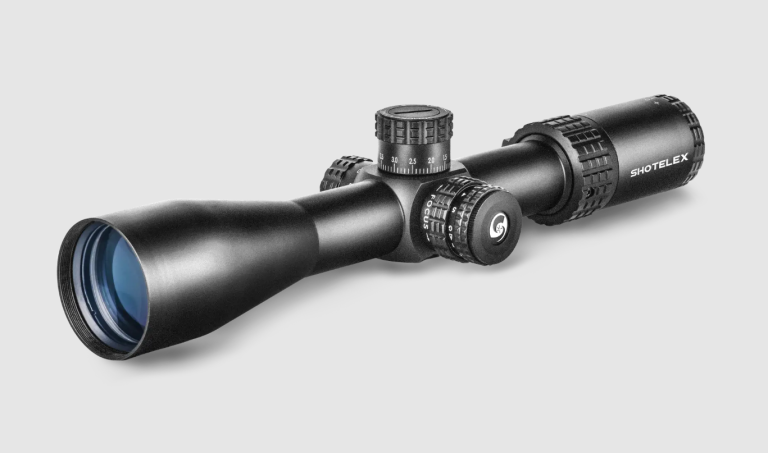
Understanding Mid Range Rifle Scopes
1. Characteristics
Mid-range rifle scopes cater to a more versatile shooting experience, typically designed for distances between 200 and 600 yards. Their features include:
- Moderate Magnification: Mid-range scopes usually offer moderate magnification levels, typically between 3x and 10x. This range provides a balance between close-range and long-range shooting, allowing for sufficient zoom without sacrificing the field of view.
- Wider Field of View: One of the key benefits of mid-range scopes is their wider field of view. This characteristic is especially important in tactical situations requiring quick target acquisition and situational awareness. Shooters can quickly spot targets and react promptly, enhancing their effectiveness in dynamic environments.
- Lightweight Design: Mid-range scopes tend to be lighter and more compact than long-range options. This lightweight design makes them easier to handle and carry during prolonged periods of use, making them a popular choice for hunters and tactical shooters alike.
2. Scenarios & Applications
Mid-range rifle scopes are particularly useful in law enforcement and tactical engagements. In these scenarios, officers may need to engage targets quickly and effectively at moderate distances. Mid-range scopes also excel in recreational shooting activities, including varmint hunting and general target shooting, where the shooting distance varies.
The versatility of mid-range scopes makes them suitable for a variety of firearms, from bolt-action rifles to AR-15s. Whether you are a seasoned shooter or a novice, mid-range scopes can adapt to your needs across different shooting disciplines.
3. Potential Limitations
Despite their versatility, mid-range rifle scopes have limitations. Their performance can diminish when attempting to engage either very close or extremely far targets, as they are not primarily optimized for such scenarios. For example, if a shooter attempts to engage a target at over 600 yards, a mid-range scope may not provide the necessary clarity and precision required for effective shooting.
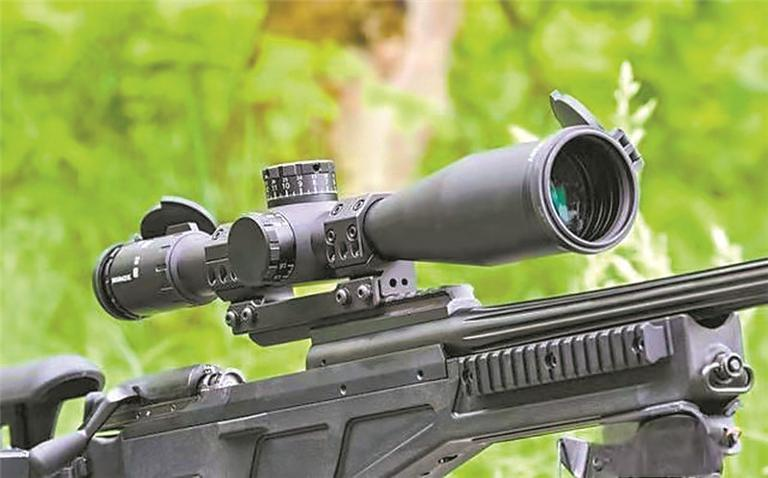
How to Choose the Right Rifle Scope For Yourself?
Selecting the right scope requires careful consideration of your specific needs and shooting context. Here are some steps to guide you through the process:
1. Self-Assessment
Before making a purchase, reflect on your own requirements, including:
- Preferred Shooting Distance: Assess the typical distances at which you plan to shoot. If you primarily shoot at distances over 600 yards, a long-range scope may be more appropriate. Conversely, if your shooting typically occurs within 200 to 600 yards, a mid-range scope may suffice.
- Budget Constraints: Determine your budget for a rifle scope. Long-range scopes often come with a higher price tag, so it’s essential to align your choice with what you can afford.
- Frequency of Usage: Consider how often you plan to use the scope. If you shoot regularly, investing in a quality scope that meets your needs may be worthwhile. On the other hand, if you shoot infrequently, you might prioritize value for money.
2. Comparative Analysis
After assessing your needs, weigh the pros and cons of long-range and mid-range rifle scopes against one another. Consider the following factors:
- Intended Application: Are you primarily focused on long-distance hunting, competitive shooting, or tactical engagements? Your application will significantly influence your scope choice.
- Magnification and Adjustability: Evaluate the required magnification and adjustment features based on your shooting scenarios. If your shooting often involves varying distances, a hybrid scope with adjustable magnifications might be ideal.
- Weight and Size: Consider how weight and size will affect your shooting experience. If you plan to carry your rifle for long periods, a lighter scope may be beneficial.
3. Expert Advice
Consulting experienced shooters or professional riflescope suppliers can provide valuable input tailored specifically to your preferences. They can help you navigate through the numerous options available on the market, ensuring you make an informed decision.
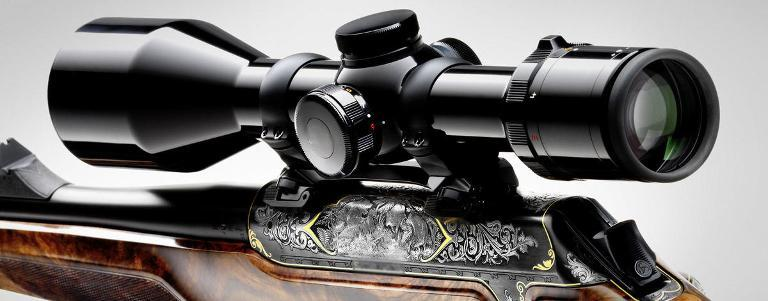
Anyway, selecting between long range and mid range rifle scopes ultimately boils down to matching the tool with its purpose. Whether prioritizing extreme distance accuracy or versatile adaptability across various ranges, being informed about the capabilities offered ensures you invest wisely in gear that meets all operational demands effectively. Remember, continuous learning about firearm accessories enhances overall proficiency in handling them skillfully under diverse circumstances!

